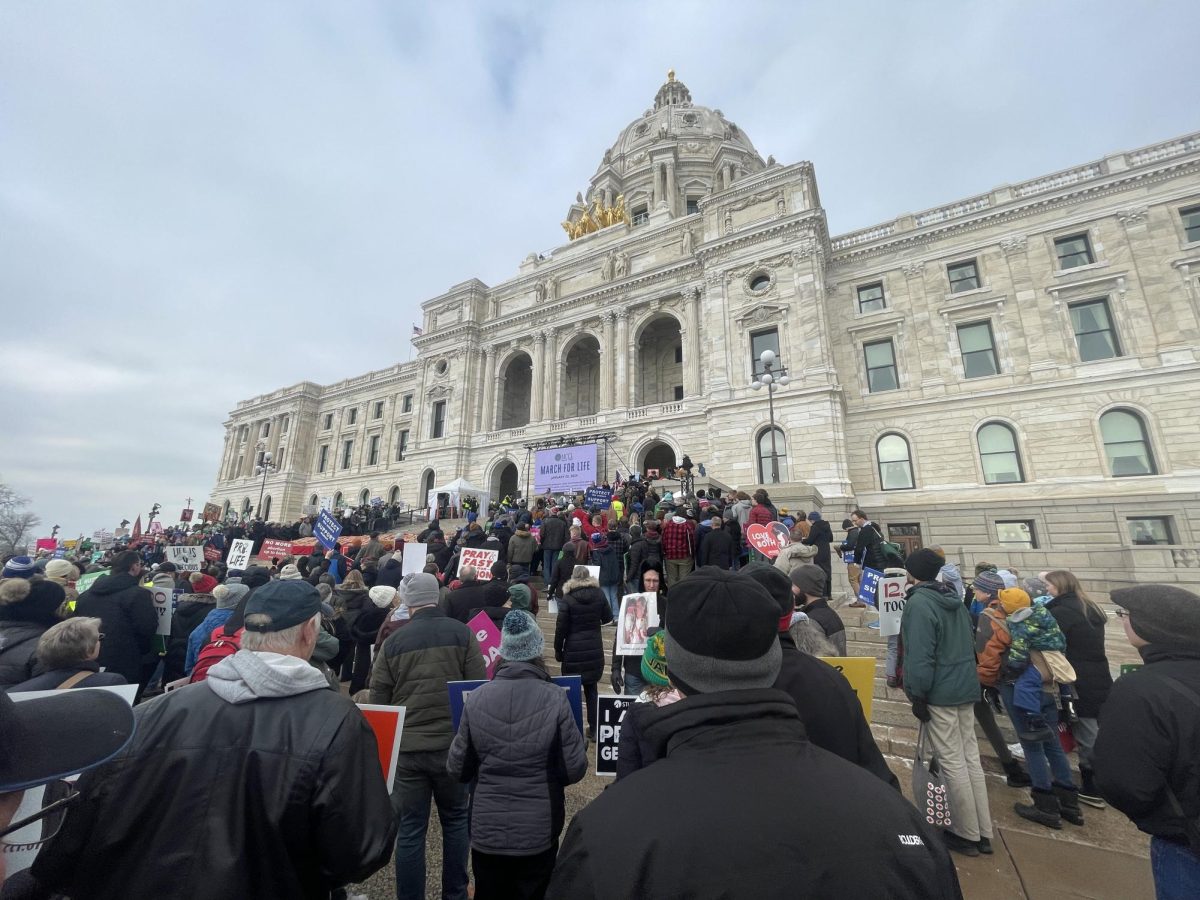As a lifelong liberal, after the 2016 election, I thought the world would end (it did not) and that anyone who associated with the “other side” was wrong. However, after moving from Vermont, a very democratic state, to Minnesota, a more moderate state, and talking to more people with different political beliefs than myself, I realized that the political views I believed in were not always perfect either. Before blaming conservatives for America’s issues, liberals must first recognize their hypocrisy in policymaking.
One big component of the Democrats’ platform runs on affordable housing. Affordable housing has become a vital part of liberal policy as housing prices have risen by 47%, and rent has increased 26% nationwide since 2020 according to a report by Harvard published this June. Nevertheless, Democrats fail to address the issue in states where they hold a political majority. For example, left-leaning groups such as the New Democratic Coalition, made up of 100 House Democrats, advocate for changing zoning laws to decrease the number of single-family homes in favor of multi-family homes.
The reasoning behind this policy centers on the greater affordability and environmental friendliness of multi-family homes compared to most single-family homes. However, many liberal areas in the country have failed to reduce single-family housing in favor of multi-family options.
For instance, in San Francisco, the average home price has risen above $1.2 million according to Zillow. One would expect a city where 85% of people voted for Biden in 2020 to align with liberal zoning policies. Nonetheless, the city’s zoning laws delegate almost two-thirds of residential housing to single-use, according to the San Francisco Chronicle. Even when new multi-family housing plans are considered, liberal neighborhoods representing wealthy single-family home communities reject them, fearing denser housing will alter aesthetics and security. To summarize, liberals say they support affordable housing but fail to accept change in their own neighborhoods that would reduce house prices because they fear the consequences it could bring.
Moving on to another shortcoming, the Democratic platform runs on equality in education but fails to meet this policy agenda in blue states. Much of this depends on school funding, a major indicator of student success.
According to the American Federation of Teachers, liberal states such as Connecticut, New York and Massachusetts have the largest education gaps despite high funding. These large gaps in education stem from funding based on property taxes collected by school districts. Therefore, richer neighborhoods get more school funding because more people live in expensive homes, which have higher property taxes.
Wealthy, liberal school districts can change district lines to include a more even distribution of high-income and low-income areas. They choose not to incorporate poorer areas because it would decrease their property tax revenue proportional to their population, leading to less school funding per student. In other words, while wealthy liberals say they support equalizing education opportunities, they fail to make the steps to give schools more equal funding because it would take away the financial advantages in their own districts.
Nevertheless, even when districts are redrawn to integrate wealthier neighborhoods with poor neighborhoods, liberals remain reluctant. In 2021, Minneapolis’ school district was redrawn resulting in students from wealthier neighborhoods going to high schools in lower income areas. One example is North Community High School, where several liberal families zoned into its district boundaries chose to drive their students to charter schools or the suburbs instead of “risking” their own children’s education by sending them to North, which has a mean family income of $18,000 and where 90% of students are children of color. This further demonstrates how liberals advocate for integrating schools for educational equality, but are unwilling to take the steps to get there.
Ultimately, liberals have much ground to cover to convince Americans they can follow through on their agenda. To do so, they first need to look at their contradictions such as their failure to change zoning laws to provide affordable housing and continued contributions to education inequality through unequal school funding.











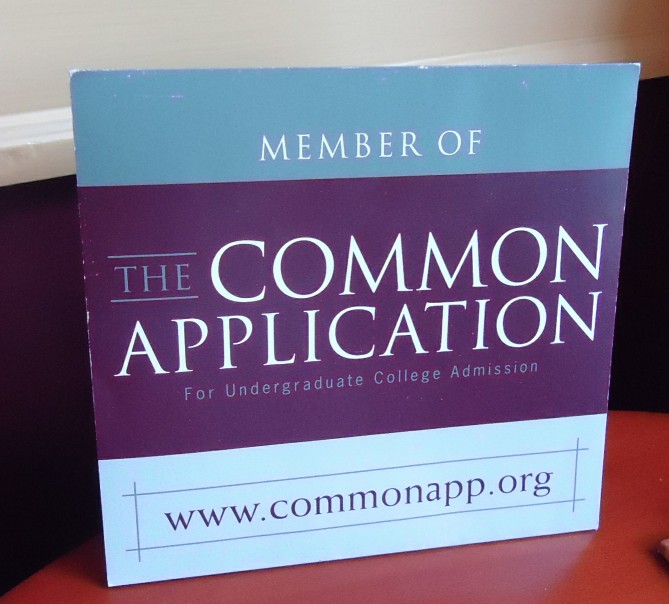
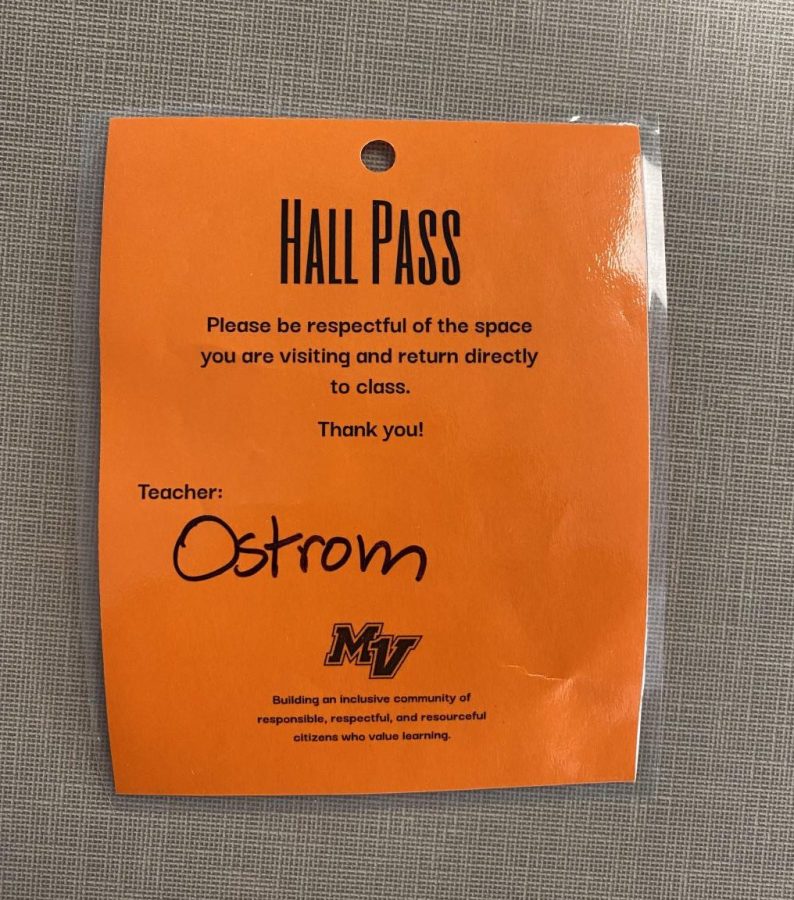


![[DEBATES] Prestigious colleges: value or hype?](https://www.mvviewer.org/wp-content/uploads/2024/12/buildings-1200x654.png)
























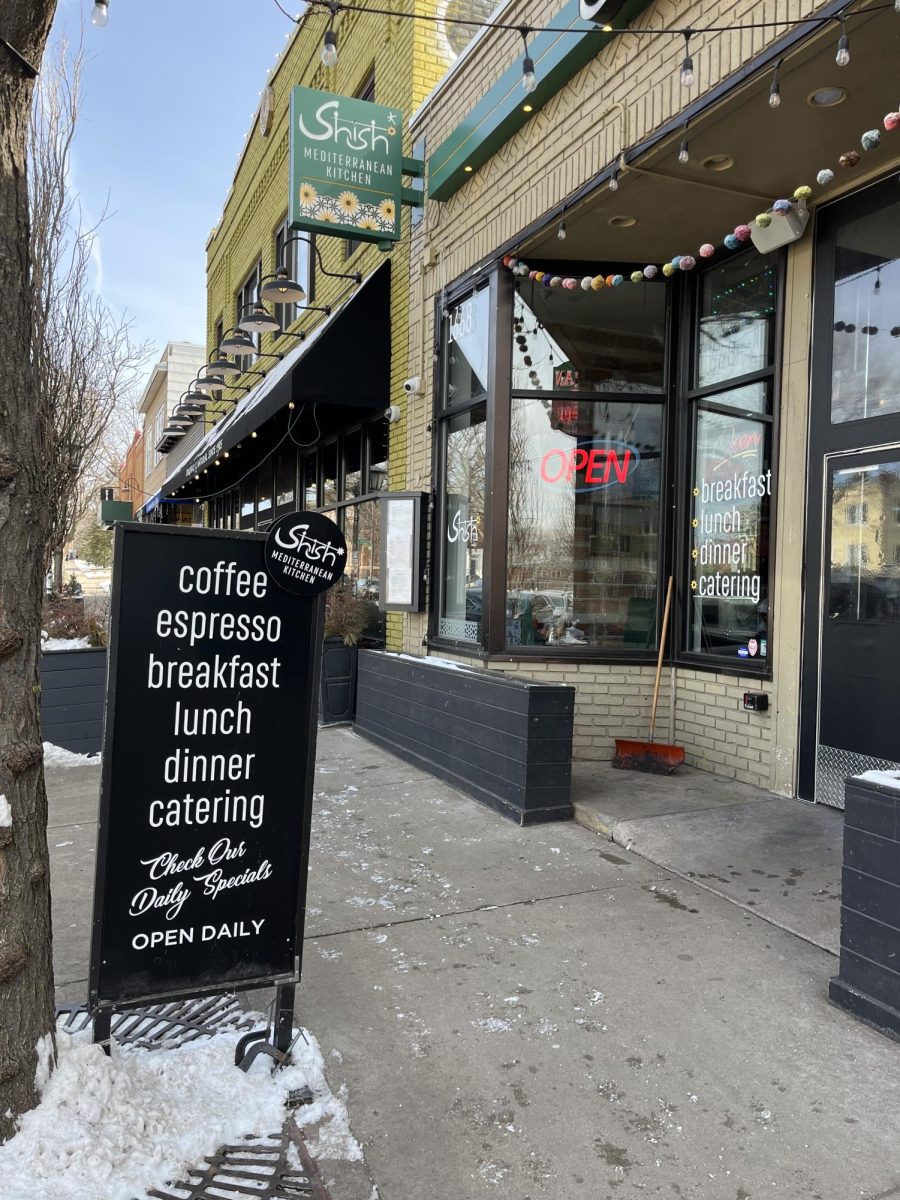

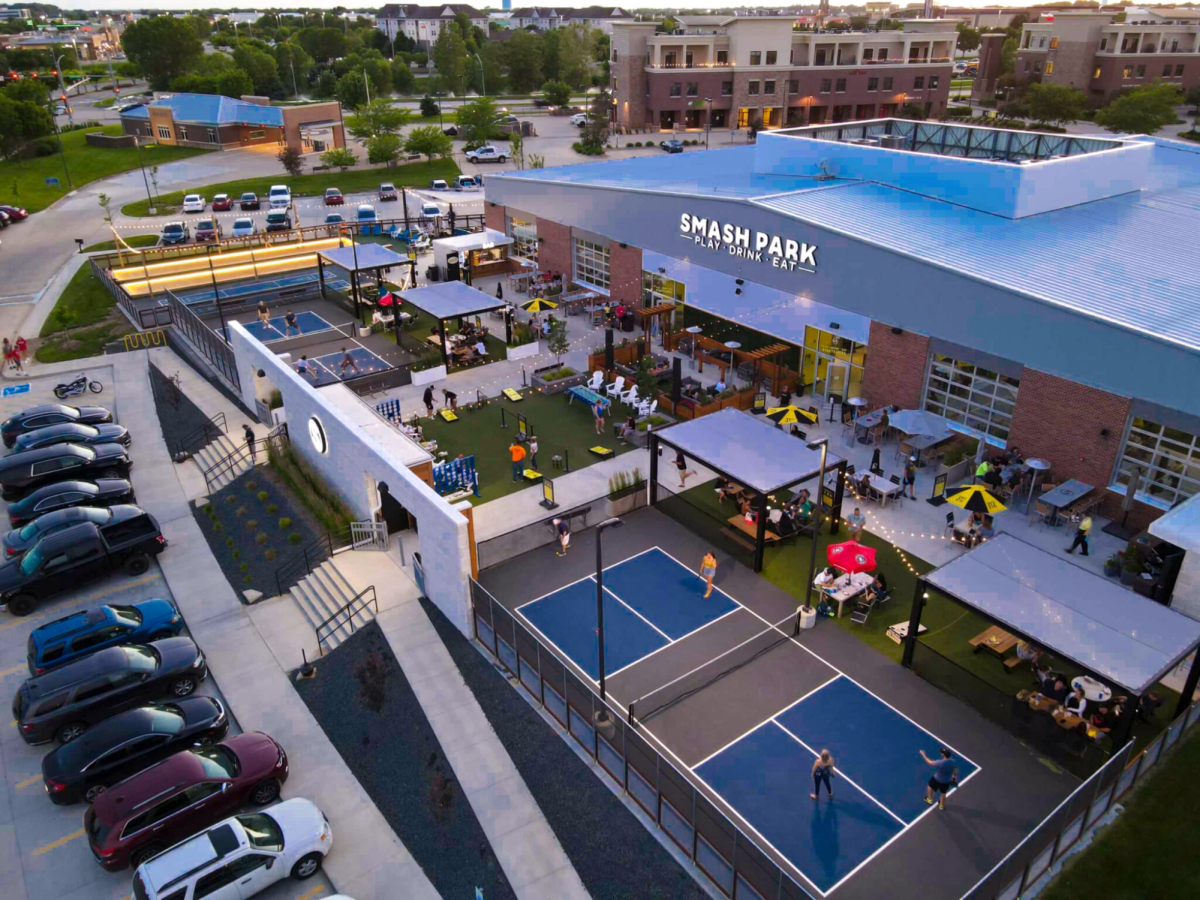



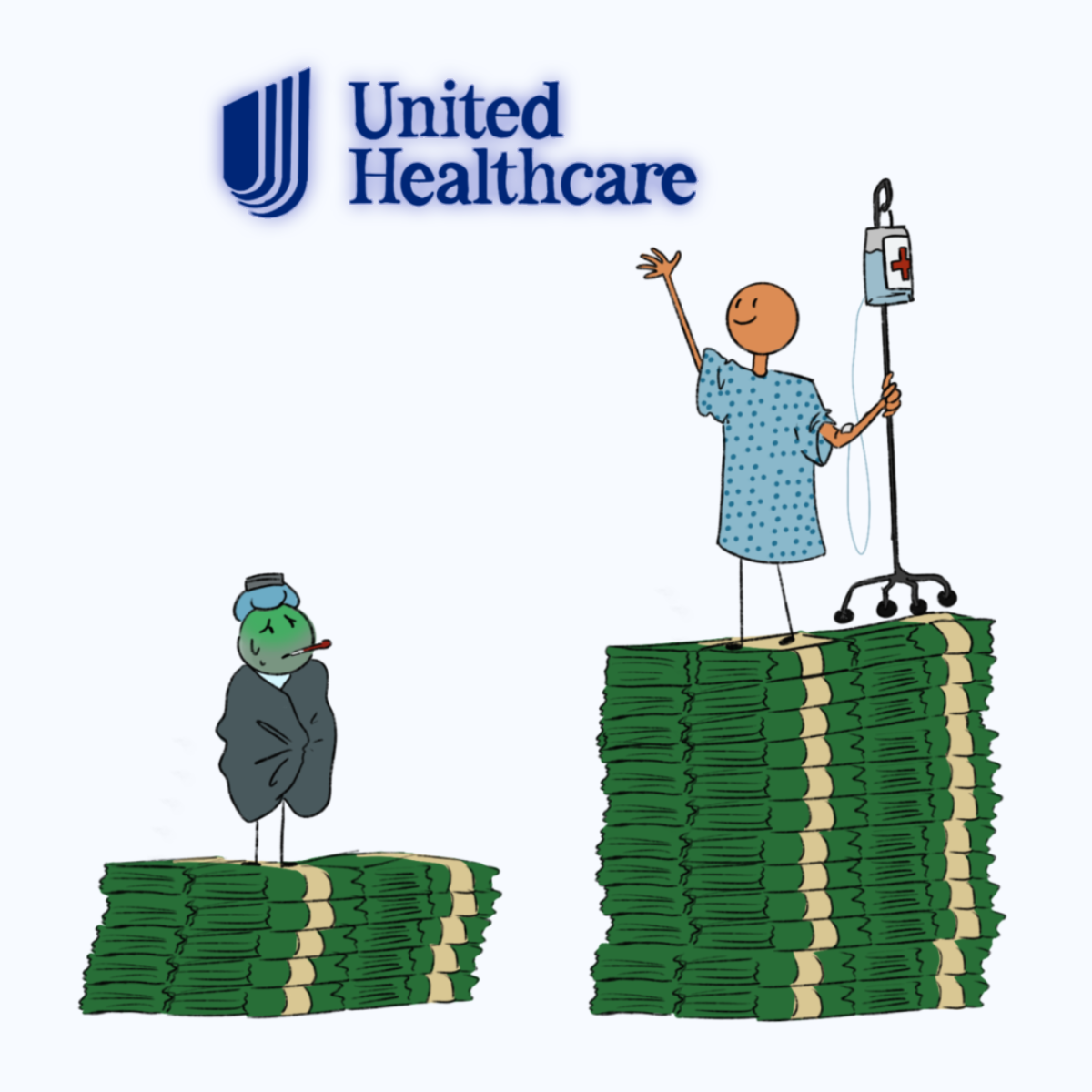

![[OPINION] The dark origins of TikTok's looksmaxxing trend](https://www.mvviewer.org/wp-content/uploads/2024/02/Copy-of-Copy-of-Untitled-Design-1200x675.png)
